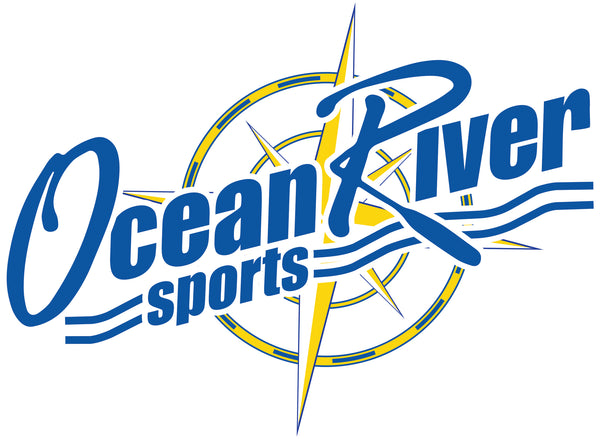
Kayak Courses
We offer Paddle Canada programs and special skills courses for all levels of kayak or paddleboard user.
From Beginner Paddling Courses to Intermediate and Advanced Level Qualifications
Ocean River’s kayaking and paddleboarding school has been rated the best school in Western Canada. Whether you are a beginner looking to try kayaking or paddle boarding for the first time, or are looking for a course to further your skill development, we have a course to fit your needs.
Ocean River Skills Courses
-
Kayak Rolling
See Course DatesA 2.5 hour course. Our instructors will teach and lead you through the incremental steps of rolling. Learn how to ‘spot’ your practice partner and sucessfully navigate a rollover capsize.
-
Capsizes & Re-Entries
See Course DatesA 2.5 hour course. Our qualified instructors will gradually and comfortably go through the steps of a safe capsize. You will learn safety issues, rescue gear, and how to rescue yourself or a partner after capsizing.
-
Personalized Sea Kayak Skills
Contact Our Team About This CourseThese full day personalized programs are tailored to you and your needs, taking you from your current level of ability and building on what you already know and do.
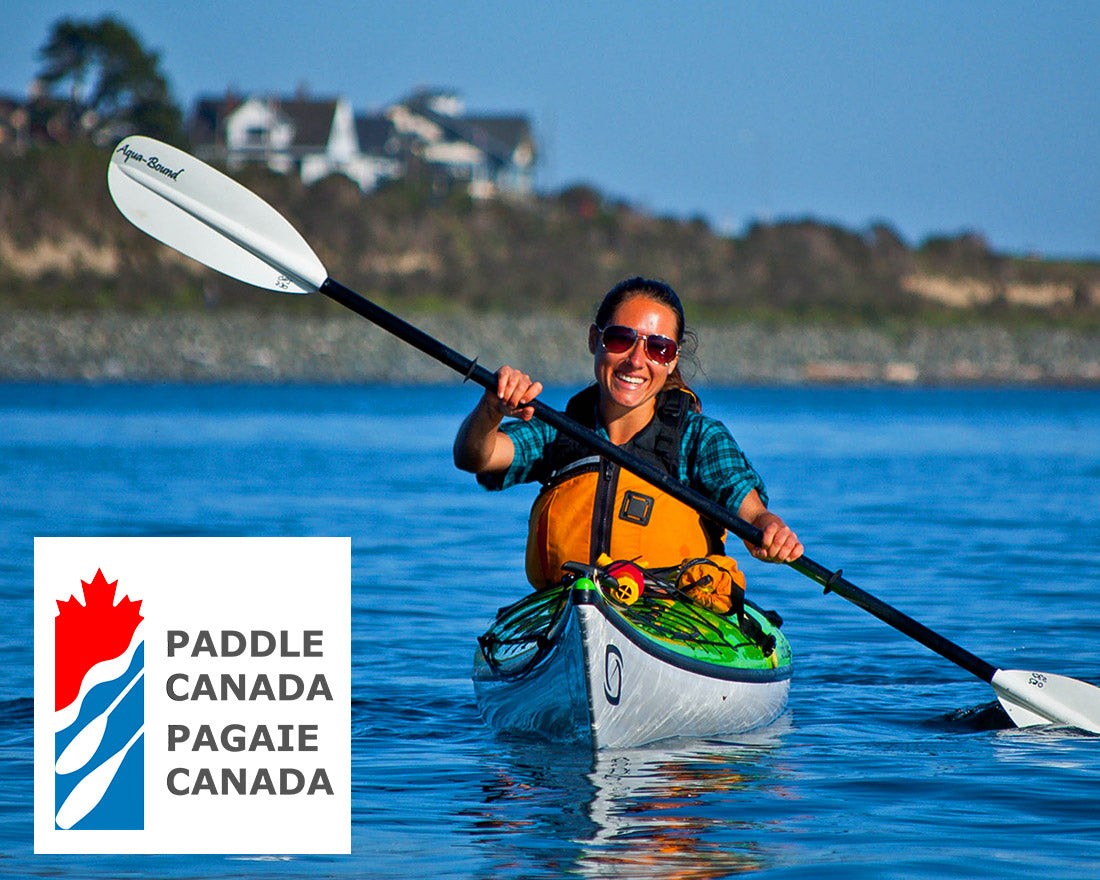
Proud Paddle Canada Members
Paddle Canada sets national standards for instruction and certification for recreational paddling: canoe, kayak and stand up paddleboard. Every year, over 2500 Paddle Canada certified instructors deliver sanctioned courses to more than 15,000 paddlers across Canada. Paddle Canada certifications are nationally accredited and internationally recognized.
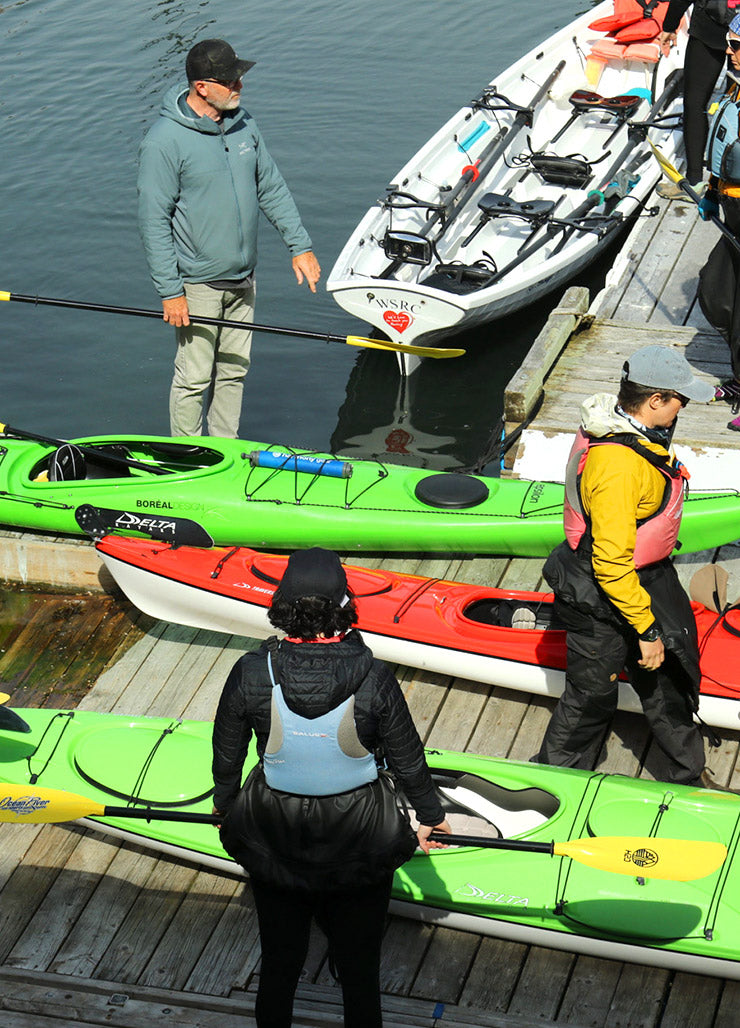
Paddle Canada - Basic Kayak Skills
1 Day Course - Victoria
No Prerequisites. Ages +16.
This inspiring course will introduce you to the skills and knowledge you need to safely start kayaking. It is suitable for new paddlers on their path through a nationally accredited curriculum; or for paddlers who already have some experience, but are looking for some formal instruction.
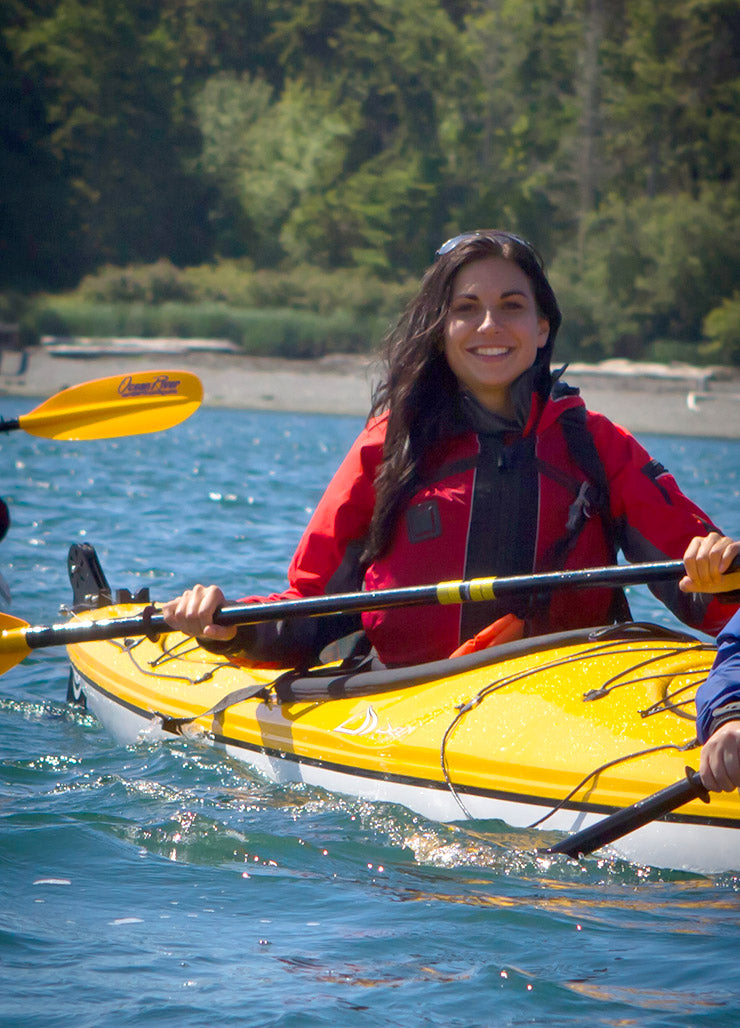
Paddle Canada - Sea Kayaking Level 1 Skills
2 Day Course - Victoria
Prerequisites: Certification in Basic Kayak Skills or equivalent skills.
Ages +16
This comprehensive, enjoyable, two-day course teaches you everything you need to know to confidently embark on day-long sea kayaking trips in sheltered waters. During this course, you’ll further develop your kayaking strokes and rescue skills, and you’ll add important new skills to your repertoire, including turning on edge, towing, and self-rescue technique.
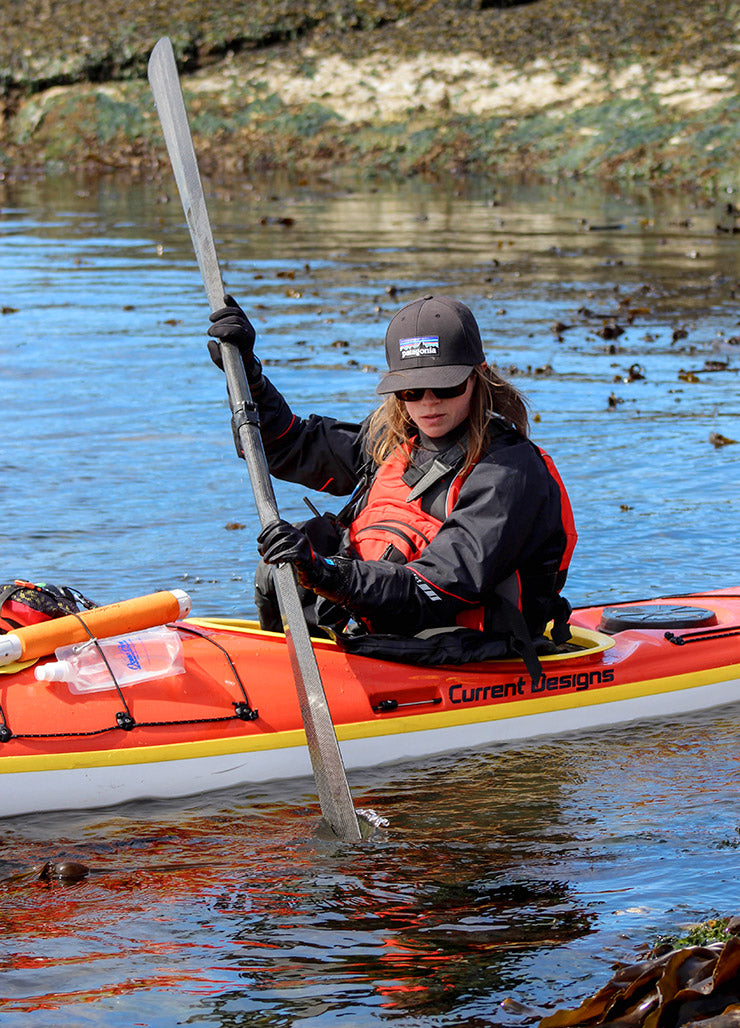
Paddle Canada - Sea Kayaking Level 2 Skills
4 Day Course - Victoria
Prerequisites : Paddle Canada Sea Kayaking Level-1 Skills Certification or equivalent.
Ages +16.
In this four-day course, you will learn how to handle more challenging sea conditions with comfort and confidence. You will learn intermediate-level paddling techniques, rescue skills, and towing techniques for use in areas with ocean currents and moderate sea conditions. To quickly recover from a capsize, you will learn how to roll a kayak! A comprehensive navigation component will be included so you can get out there and explore. This course teaches you the necessary components forPaddle Canada Sea Kayaking Level-2 Skills Certification.
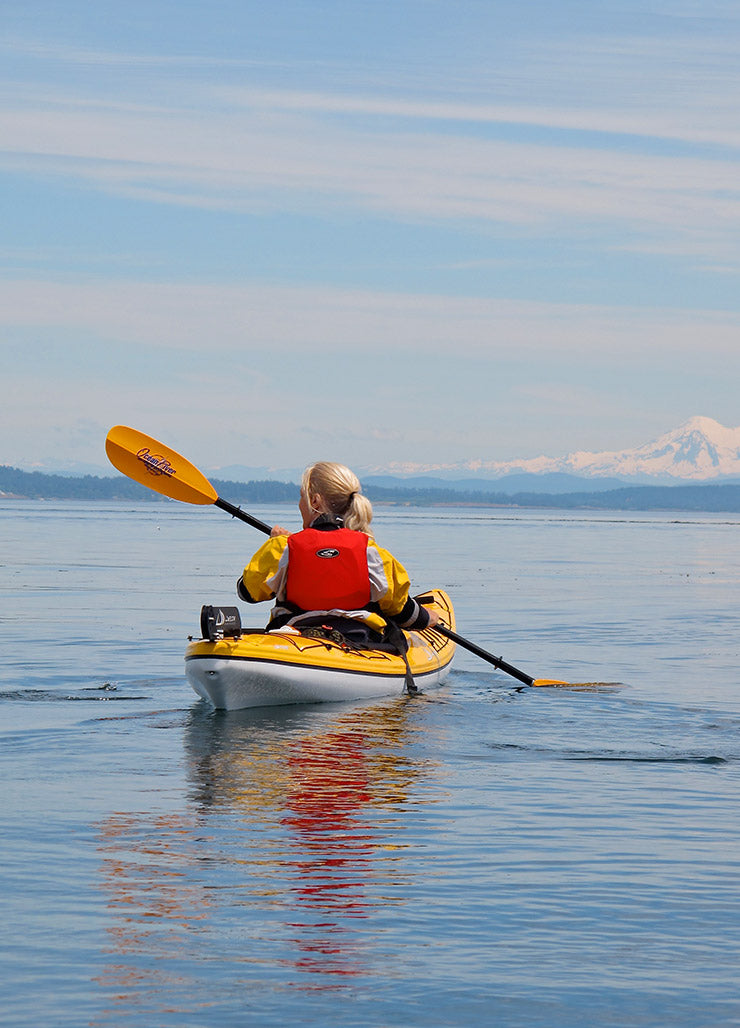
Paddle Canada - Sea Kayaking Level 3 Skills
5 Day Course - Victoria
Prerequisites : Paddle Canada Sea Kayaking Level-2 Skills Certification or equivalent.
Ages +16.
On this five day adventure course you will learn extensive knowledge and skills to confidently sea kayak in class-3 conditions along exposed coastline with infrequent landing opportunities. You will be able to apply principles of effective leadership, risk assessment, decision-making, judgment, group management, and kayak handling while traveling on a multi-day expedition and rough water, currents and surf as part of a group of peers.

Explore While You Learn With Our Desolation Sound Skills Trips
Part travel & part learning. Our instructional kayak tours depart from Desolation Sound Resort in Okeover Inlet.
